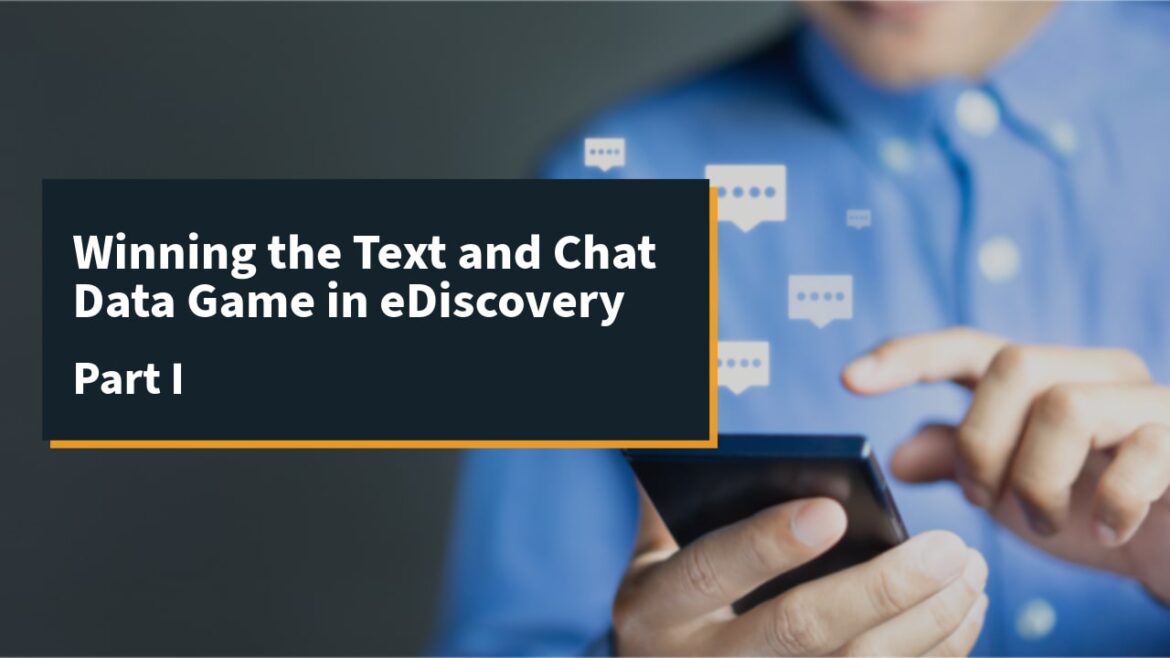eDiscovery Daily Blog
The Growing Data Challenge in eDiscovery: Navigating the Modern Data Explosion
What’s today’s biggest eDiscovery dilemma? The proliferation of modern data, including text and data from chat, social media, and communication apps, is adding even greater complexity to the already daunting task of finding evidence.
We create massive amounts of data daily, whether we know it or not. Access to smartphones, tablets, computers, wearable devices, smart cars, and many other electronic devices results in an always-on recording of our daily activities. Coupled with that, we are using smart devices, social media, and chat apps to communicate with one another, with email and phone calls taking a back seat to forms of short message, instant interaction.
Often, this data is largely ignored as evidence, and for good reason. It is voluminous and often too expensive to collect everything for a case. However, consider these staggering statistics on Microsoft (MS) Teams alone:
- Over 1 million organizations use MS Teams, including 91% of the Fortune 100 companies (2024).
- In one year, over 6 billion chats are sent in MS Teams (2024) and over 17 billion in Slack (2023).
- Texting has become a preferred form of communication for both personal and business communications, with over 27 billion text messages sent daily (2023).
When putting together the strategy for your case, you may overlook or consciously leave out texts and chat data, as they seem too challenging to collect. Yet, eDiscovery professionals are beginning to support the notion that this type of data can no longer be ignored as opposing counsel and judges are asking for it to be entered as evidence.
Elizabeth Gary, Associate at Morgan, Lewis & Bockius LLP, highlighted this at a recent conference in New York: “In courtrooms today, communications occurring via chat apps and other newer platforms are viewed as not duplicative to emails. As a result, parties are being compelled to produce this data.”
“In courtrooms today, communications occurring via chat apps and other newer platforms are viewed as not duplicative to emails. As a result, parties are being compelled to produce this data.”
– Elizabeth Gary, Associate at Morgan, Lewis & Bockius LLP
Why are email and electronic documents still the primary evidence pool in most cases when there has been a tremendous uptick in the use of smartphones, chat applications, and a myriad of other apps to communicate at the workplace?
Simply put, the perception of costs, difficulty, and uncertainty around the data volumes and variety are making many legal teams stop short of collecting all of the data.
However, as modern communication channels continue to evolve and dominate, it’s becoming increasingly clear that eDiscovery must adapt to these changes to ensure thorough and effective legal processes.
In our new five-part blog series out this week, you will learn how to best manage modern data in eDiscovery.
You can also download our complimentary guide to learn how to benefit from eDiscovery technology to accelerate finding key evidence in texts and chat data.
Find out more about how CloudNine can help you tackle newer data forms with our cloud-based eDiscovery solution, CloudNine Review, and set a time to meet with us.

